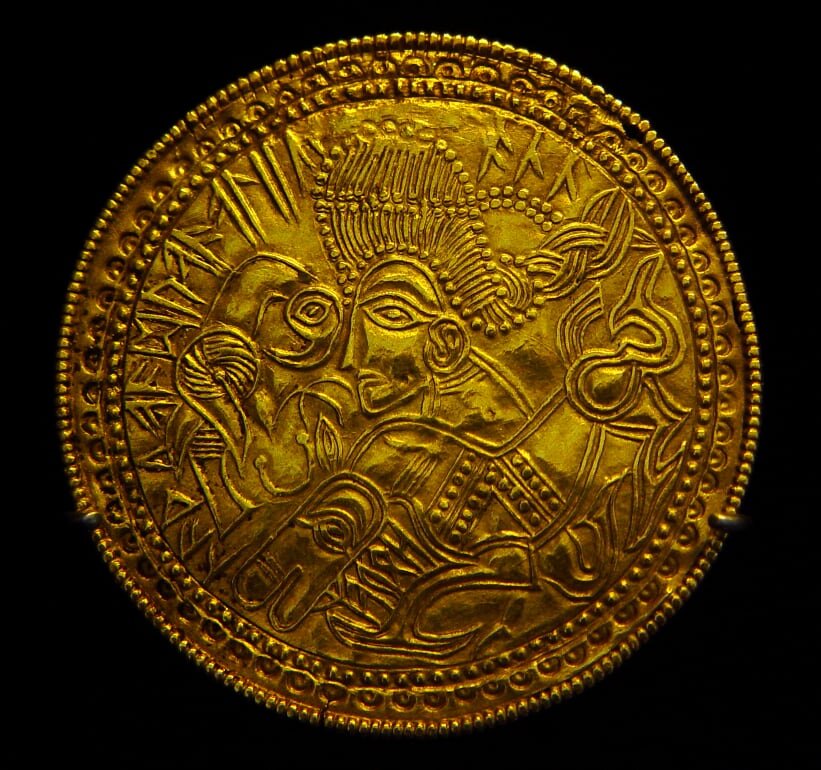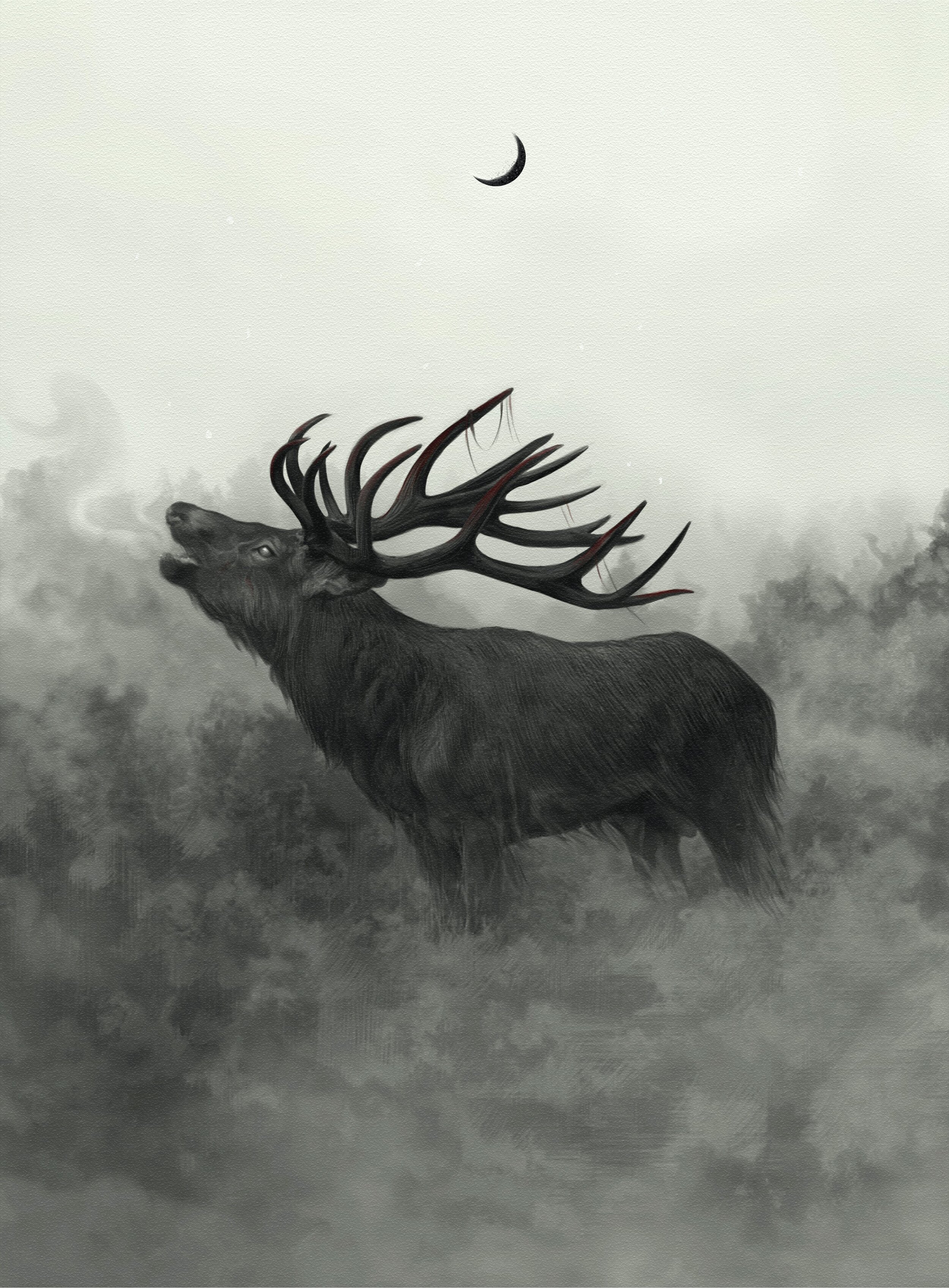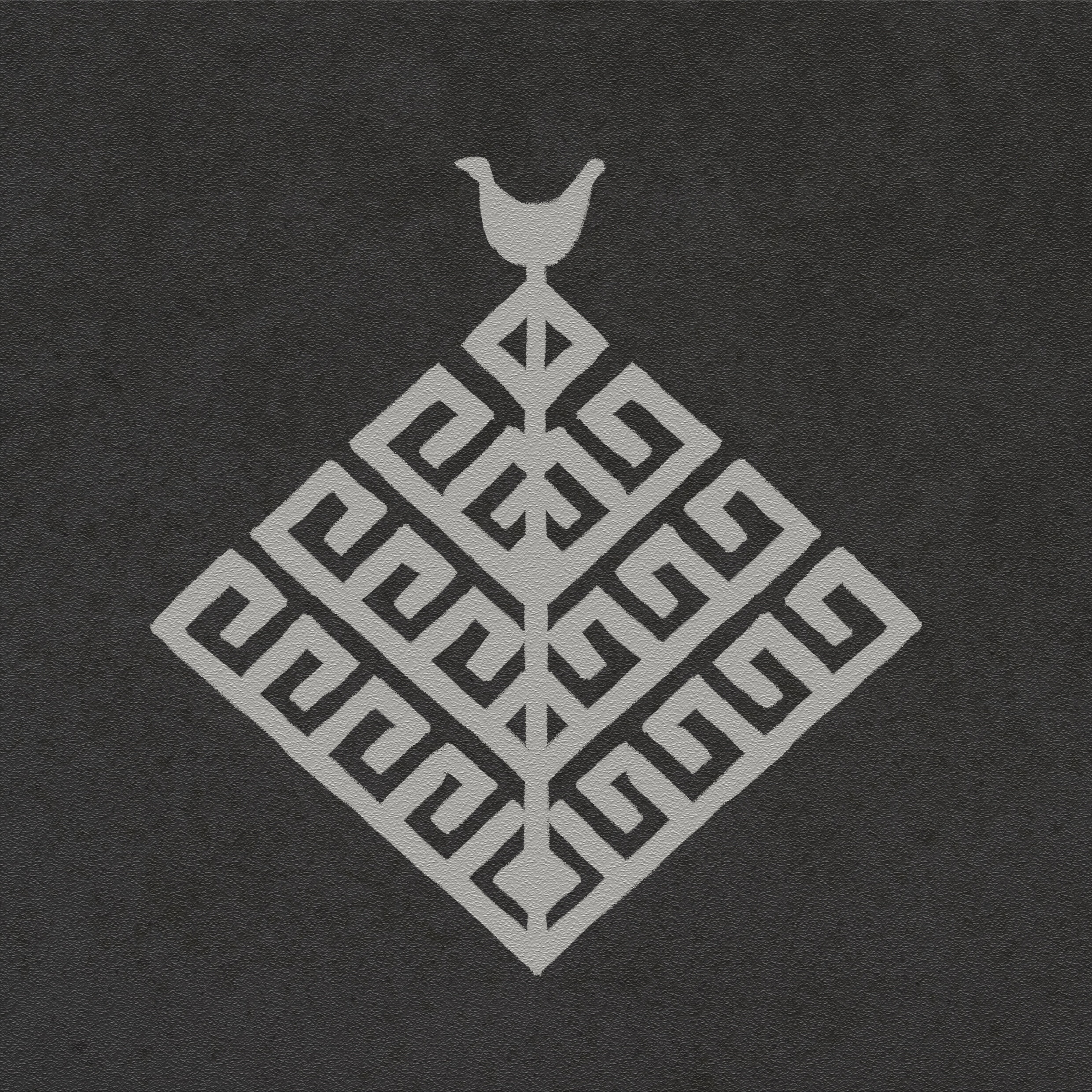New KSD entry: "Symbols Used by Nazi Germany, Neo-Nazis, and/or Far-Right Extremists"
While the Mimisbrunnr.info project primarily focuses on approaching the historic record associated with ancient speakers of Germanic languages, we now and then also touch on modern topics, including contemporary symbols inspired by the ancient Germanic record. In this entry, we take a hard look at symbols used (or mistakenly thought to have been used) by Nazi Germany and related contemporary groups.

On the Shapes of Gods: Historic Depictions of Ancient Germanic Deities & the Imagery of Mimisbrunnr.info
Mimisbrunnr.info’s On the Shapes of Gods aims to meet two primary goals: First, to explain Mimisbrunnr.info’s approach to the original art that appears throughout the project and, second, to make the daunting and often confusing historical record’s depictions of ancient Germanic deities a little more approachable for artists, authors, and other creatives who wish to draw from it.

New Kvasir Symbol Database Entry: Water, Water Bodies, and Ships
Mimisbrunnr.info’s latest Kvasir Symbol Database entry focuses on water symbolism in ancient Germanic folklore. Topics covered include personified water bodies, animism, and some discussion regarding comparative data, particularly in the Old Norse record. Other topics include personified water in the modern era, such as the holy Hindu river and deity Ganga, and Hayao Miyazaki’s animistic representations of water in animated films such as “Spirited Away” and “Ponyo”.

New Kvasir Symbol Database entry: Wilhelm Teudt's "Irminsul" Symbol
In our latest addition to the Kvasir Symbol Database, we examine the so-called “Irminsul” symbol. This obscure symbol is most commonly encountered in and around Germany, where one can at times find it to be said to be of pre-Christian Germanic origin. In reality, this symbol was first proposed by völkisch enthusiast and SS-Ahnenerbe member Wilhelm Teudt in 1929, a product of baseless pseudoscience rather than scholarly analysis.

Fair Folk Podcast Interview: "Apples & Gods with Joseph S. Hopkins"
Following up on the new Kvasir Symbol Database entry “Apple & Apple Tree”, Joseph S. Hopkins (Mimisbrunnr.info’s primary administrator), appears on the most recent episode of Fair Folk Podcast, “Apples & Gods with Joseph S. Hopkins”.

New Kvasir Symbol Database entry: Apple & Apple Tree
In ancient Germanic texts—and in many others—the apple is associated with sex, but also death and reproduction. Kvasir Symbol Database’s new entry on the symbolism of the apple and the apple tree examines the topic.

"Numbers", a new Kvasir Symbol Database entry
In a new entry for the Kvasir Symbol Database, we examine the symbolic role of numbers among the ancient Germanic peoples.

"Antlers and stag", a new Kvasir Symbol Database entry
In a new entry for the Kvasir Symbol Database, we examine the symbolic role of antlers and stags among the ancient Germanic peoples.

"Sacred Tree and Holy Grove", a new Kvasir Symbol Database entry
While rarely represented in popular culture today and essentially absent from extensions of historic ancient Germanic paganism (such as modern heathenry), sacred trees and holy groves—alongside the concept of ‘tree-ness’—appear by all indications to have been a central point of focus for the ancient Germanic peoples.

Introducing the Kvasir Symbol Database
Whether ancient or new, each symbol has a history. Inspired by discussions with writers, tattoo artists, and scholars in ancient Germanic studies, Mimisbrunnr.info’s Kvasir Symbol Database provides overviews of symbols from the ancient Germanic record.
